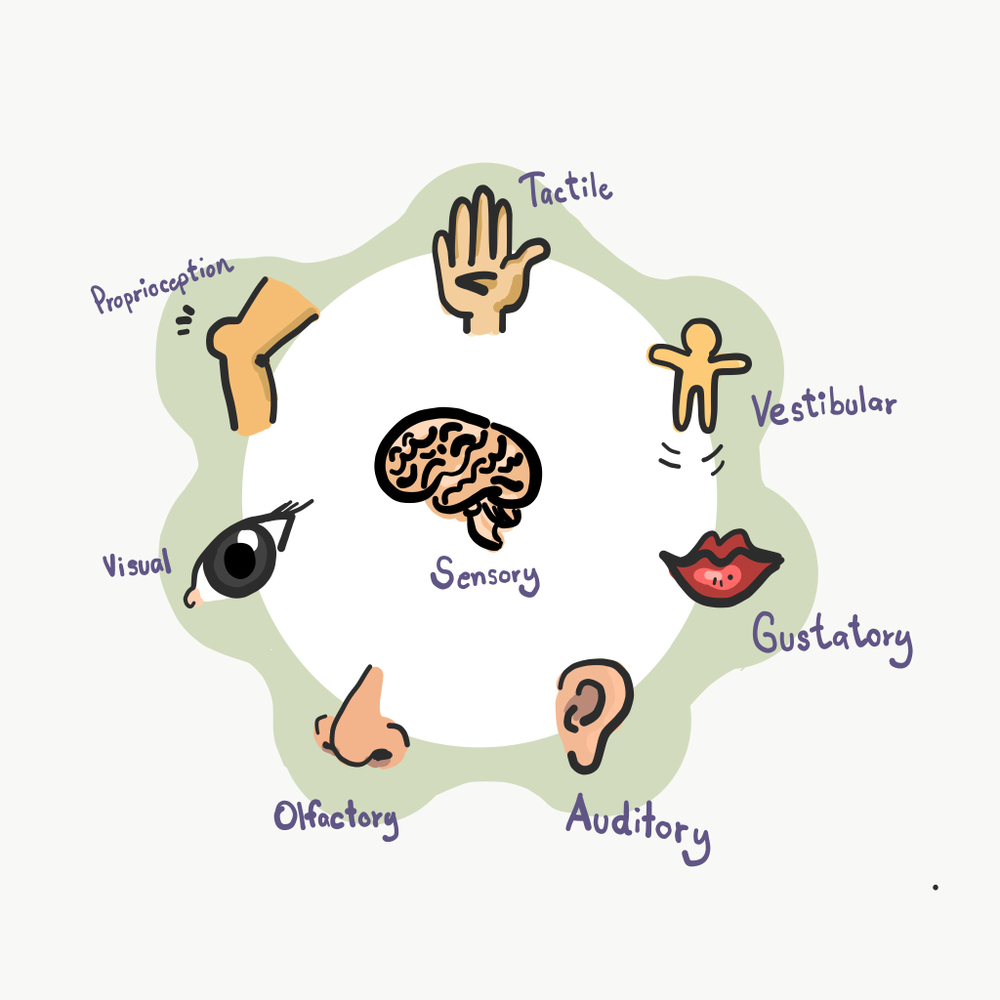What is Sensory Integration?
Sensory Integration (SI) is the way that our senses (sound, touch, sight, smell, and taste) tell us what is happening in our environment through our brain so we can respond to those senses appropriately. The brain organizes and interprets information from our senses making SI crucial as a foundation for more complex learning and behavior.
Sensory Integration challenges (also called Sensory Process Disorder) occur when the person’s body and brain are misinterpreting sensory signals, daily activities and routines are disrupted as a result. SPD is treated by an occupational therapist and it is important to have speech/language therapy to understand sensory processing to support children who struggle with self-regulation, controlling urges to move, make noise or tap on something. At Granite Bay Speech, our therapists are trained to observe and adjust the learning environment to support skill development.
Sensory Process Disorders can present when individuals avoid certain stimuli that others normally do not. For example, some may avoid specific foods, textures, afraid of climbing steps, playing in sand or seams on socks.
Children with sensory processing deficits may have difficulty with motor skills, balance, and eye-hand coordination.
Although SI commonly occurs in people with learning disabilities, intellectual disabilities, language disorders, and those on the autism spectrum, it may also occur alone in individuals.


